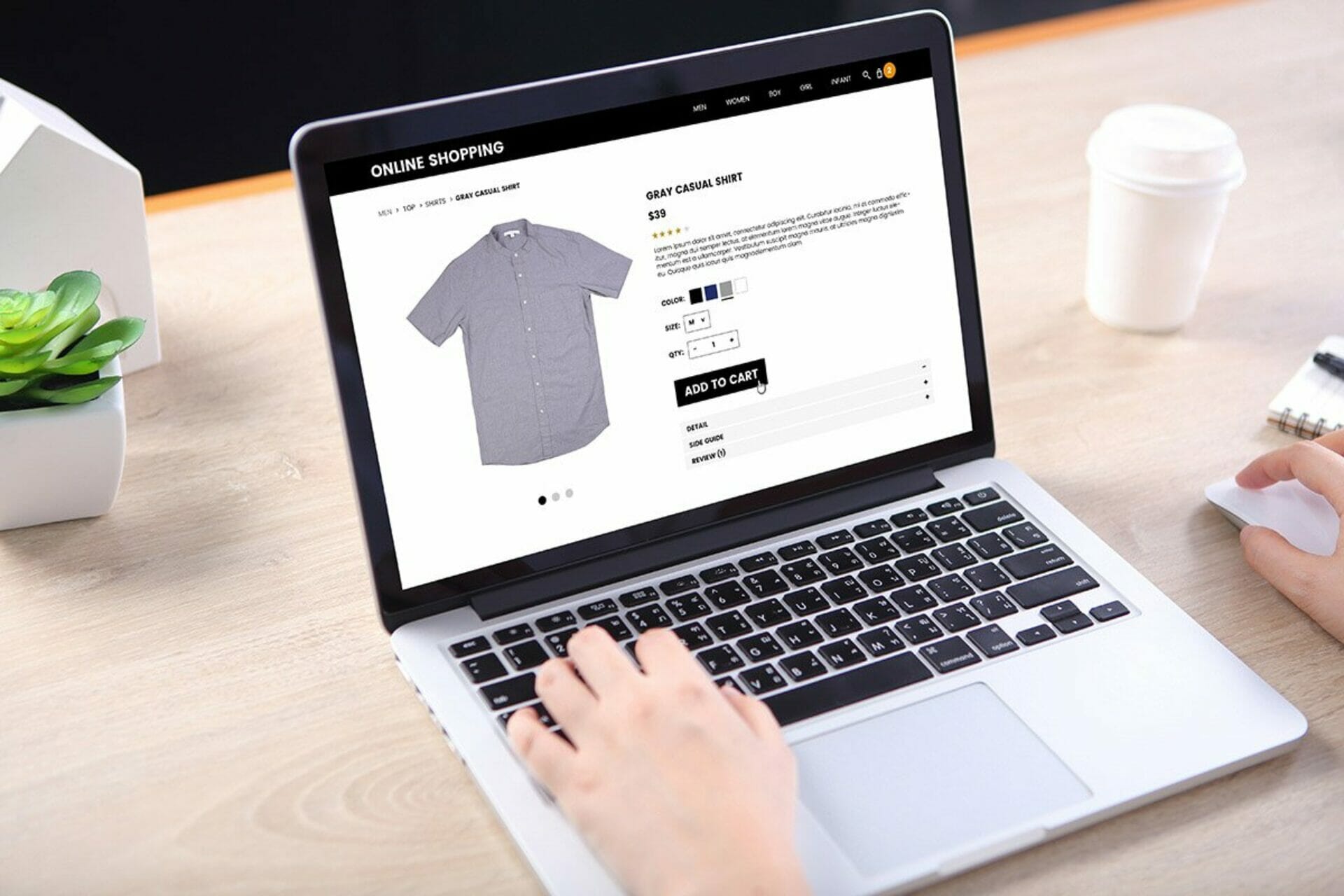Blog
Trademark Infringement Within Social Media Hashtags and the Need to Modernize IP Legislation
- Brand Protection

The Lanham Act, current legislation that governs the use of trademarks in the US, was first adopted in 1947 and is therefore ill-equipped to effectively protect brand owners as they promote their products using new technologies and platforms.
The issue has been brought to the limelight by hashtag-related trademark abuse on social media, with platforms often reluctant to remove content on this basis.
Collaboration between platforms, law makers, and Brand Protection experts is critical to bring IP legislation in line with the rapidly moving online environment and to balance the many conflicting rights and interests.
The current legal environment
Observing that a majority of U.S based social media companies utilize hashtags, which may contain trademarks, it is necessary to delve into the Lanham Act [1] which regulates trademark related matters. A trademark is comprised of three cumulative different elements:
- A distinctive name, which may comprise of words, symbols, image or in some rare occasions, even scents and sounds;
- That is used to identify the source of goods or services by distinguishing them from other parties;
- And is used for commercial purposes.
By registering a trademark, a party gains its exclusive use in the general commerce, being able to not only trade under it, but also license it and ward off any potential parties attempting to infringe it.
In practice, since the late 2000s, the use of the hashtag to cross-refer to a specific content or theme has been rising substantially on social media platforms as it allowed a significant reduction of marketing costs, strengthened consumers’ loyalty and easily attracted new ones. It is no surprise that such use was quickly seen as an efficient way to advertise and promote brands online [2]. This led to an increase of trademark applications for hashtags. One example would be the case of Coca Cola Company who had previously registered the trademark for “#cokecanpics” [3].
But is the use of the metadata tag – the hashtag keyword referring to a registered trademark in the present case – always lawful on social media?
Trademark infringement through hashtag abuse
If a hashtag includes a trademark that has been registered or suggests a connection with this trademark or the trademark owner in a way that is likely to misuse consumers, there may be a ground for trademark abuse [4]. In particular, an infringement seems to be established when the likelihood of confusion and association is linked to the advertisement of competing brands or goods and services that are very similar to the ones the registered trademark distinguishes [5].
Indeed, in the 2015 case Fraternity Collection v Fargnoli, a former employee of the plaintiff began utilizing hashtags such as “#FratCollection” and “#FraternityCollection” to advertise fashion designs belonging to the defendant. While the parties both moved to dismiss the case, the judge refused the dismissal and mention that ““hashtagging a competitor’s name or product in social media posts could, in certain circumstances, deceive consumers”[6].
Even though the case was eventually settled by the parties and dismissed subsequently, it highlights the following argument: using well-known trademarks or trademarks’ reputation and goodwill in hashtags in order to advertise one’s own goods and services to make profit via an increased traffic on their online content can be fraudulent and seen as unfair competition.
Nonetheless, social media platforms tend to be reluctant to remove content on the ground of “hashtag – related trademark abuse”. Indeed, the confusion as to the origin, connection or sponsorship of the goods and services can be tricky to establish. Platforms are most likely to find that the use of trademarks in hashtags identifies and comments on goods and services rather than constitutes a violation of intellectual property rights, following a reasoning that is similar to the one for Eksouzian v. Albanese [7] which holds that “hashtags are merely descriptive devices, not trademarks, unitary or otherwise, in and of themselves” which are “used to direct consumers to the location of the promotion”[8].
Moreover, it is worth mentioning that trademark owners will see their trademarks used as a hashtag on predominant social media platforms, even in posts unrelated to their products and that another limitation to trademark enforcement in that case is the notion of Fair Use. While not delving in detail into the notions of fair use, one fact is necessary to bring to the spotlight: If the use of the hashtag is of non-commercial use (i.e. a product review) then we would be in the presence of fair use.
The need for modernized IP legislation
These trends on social media could suggest that hashtags, which have become essential social media instruments reflecting “a culture of sharing and openness, and “real-time” marketing” [9] are not compatible with the current intellectual property laws.
Trademark Law around hashtags undoubtedly remains until this day quite a grey area and further communication and exchanges between platforms, intellectual property law makers, lawyers and brand protection experts appear necessary to redefine the notion of trademark which is perpetually evolving in the digital era and to put in balance conflicting rights and interests.
Retain control of your social channels
As experts in the field of Brand and Revenue Protection, Corsearch builds innovative and tailored solutions to protect businesses and their consumers online. If you want to find out how Corsearch tackles brand misuse on platforms such as social media, request to talk to one of our experts below.
References:
[1] https://www.wipo.int/edocs/lexdocs/laws/en/us/us177en.pdf
[2] https://www.americanbar.org/groups/intellectual_property_law/publications/landslide/2016-17/november-december/full-court-press-hashtag-trademarks/#:~:text=As%20the%20only%20U.S.%20court,hashtag%20being%20used%20in%20connection.
[3] https://tsdr.uspto.gov/#caseNumber=86480497&caseType=SERIAL_NO&searchType=statusSearch
[4] https://www.wipo.int/wipo_magazine/en/2017/05/article_0009.html.
[5] No. 3:13-CV-664-CWR-FKB, 2015 WL 1486375, at *1–2 (S.D. Miss. Mar. 31, 2015).
[6] Id. at *4.
[7] No. CV 13-00728-PSG-MAN, 2015 WL 4720478 (C.D. Cal. Aug. 7, 2015) (holding a hashtag, as a form of metadata, is not a trademark).
[8] Id. at *8.





